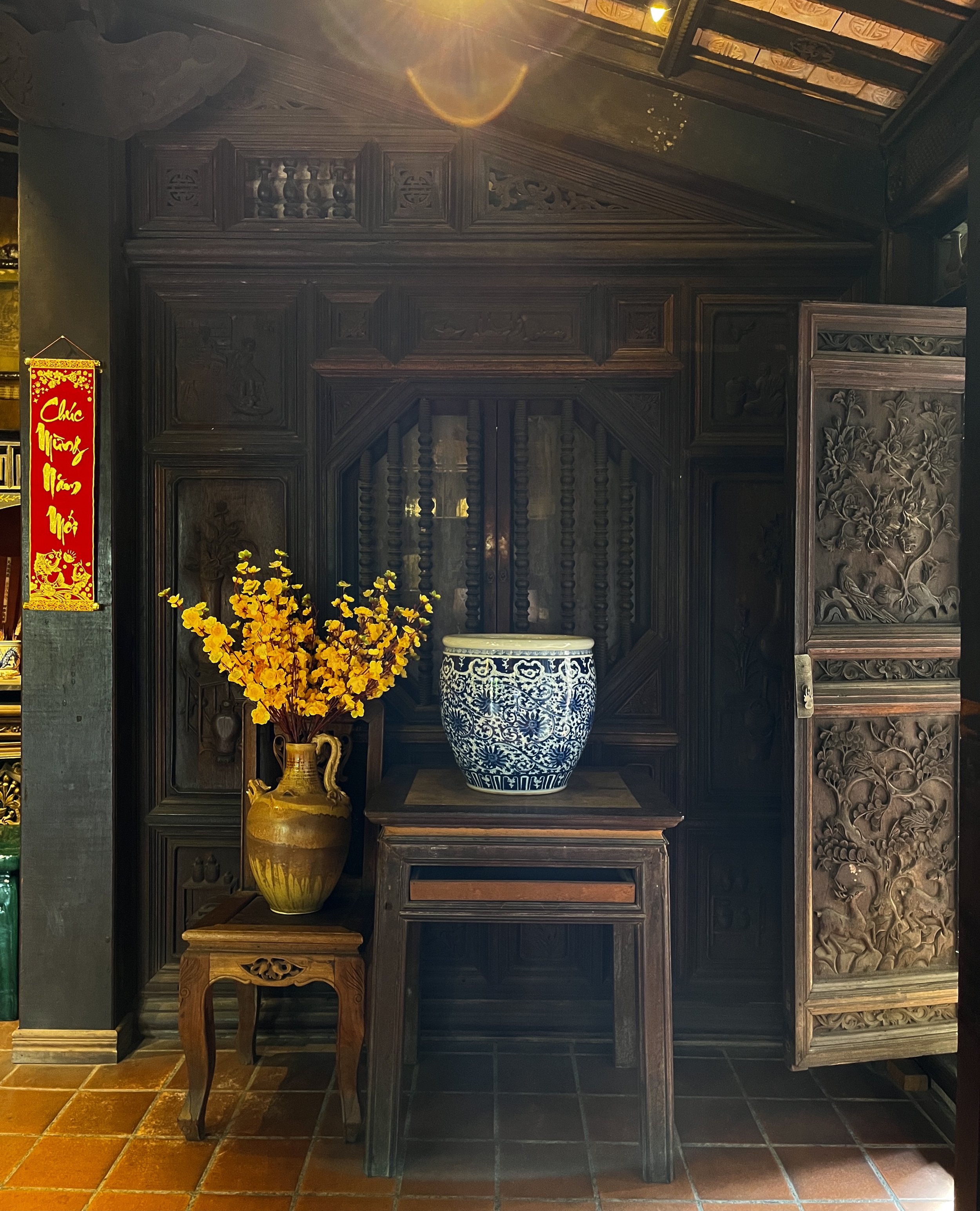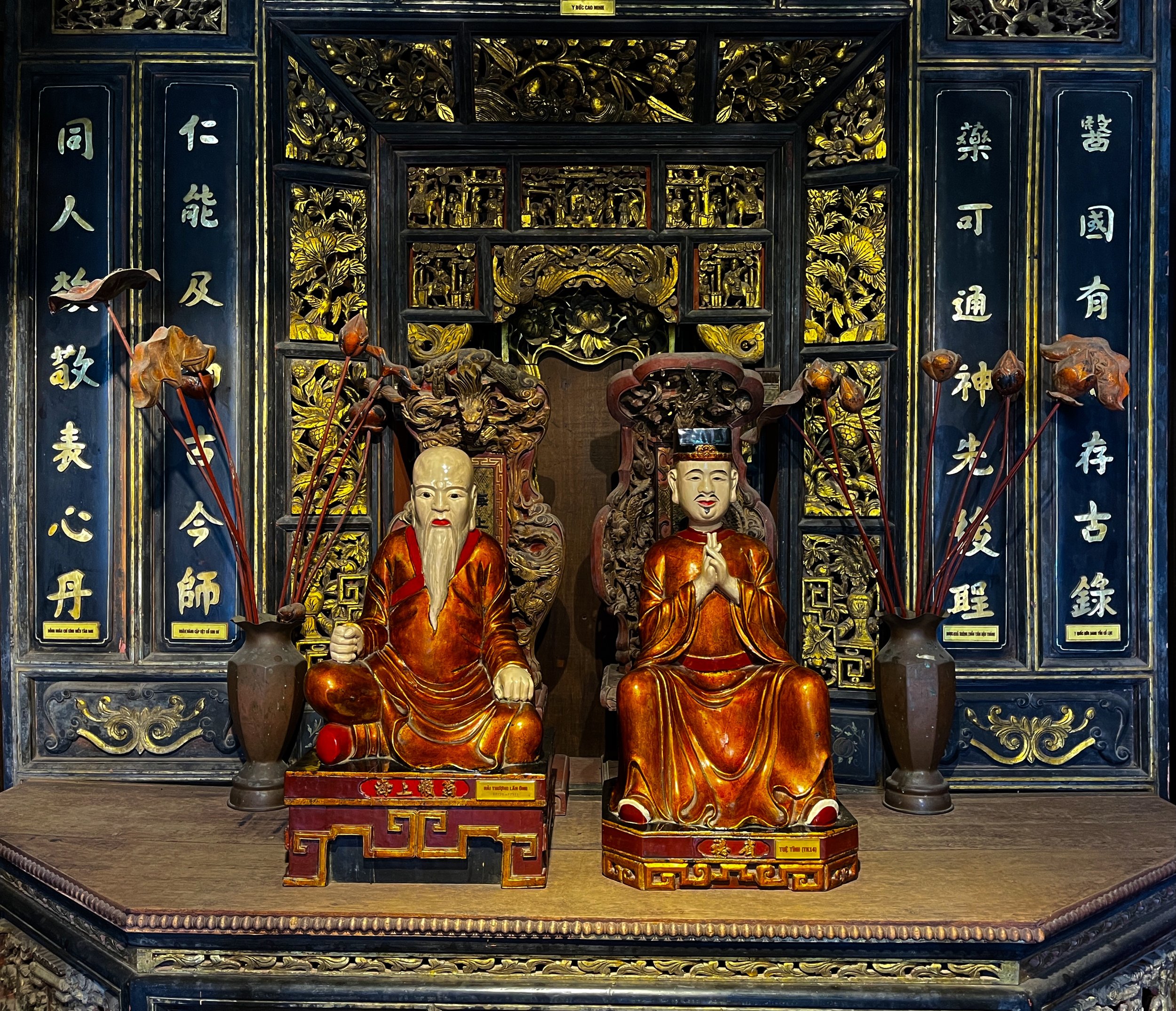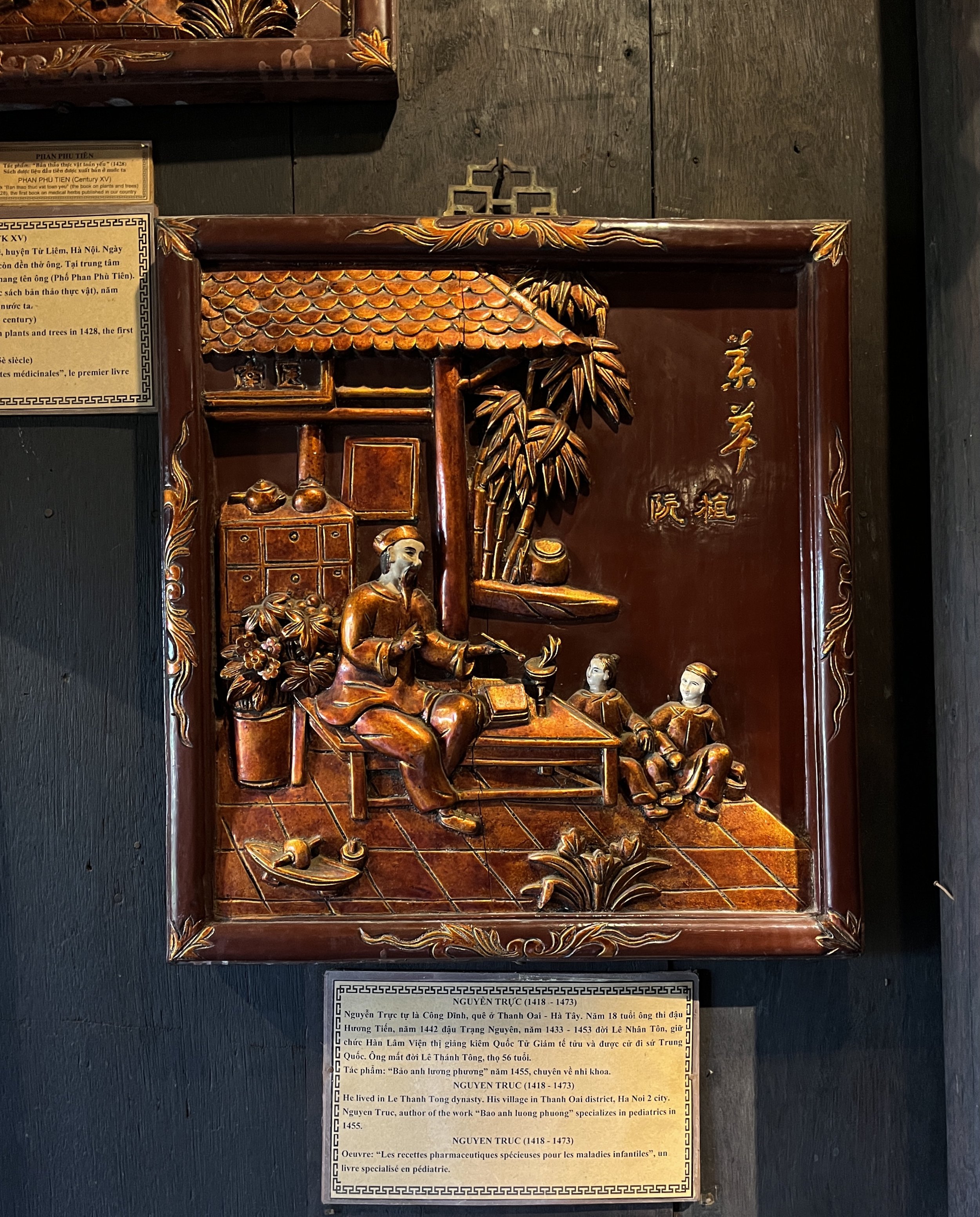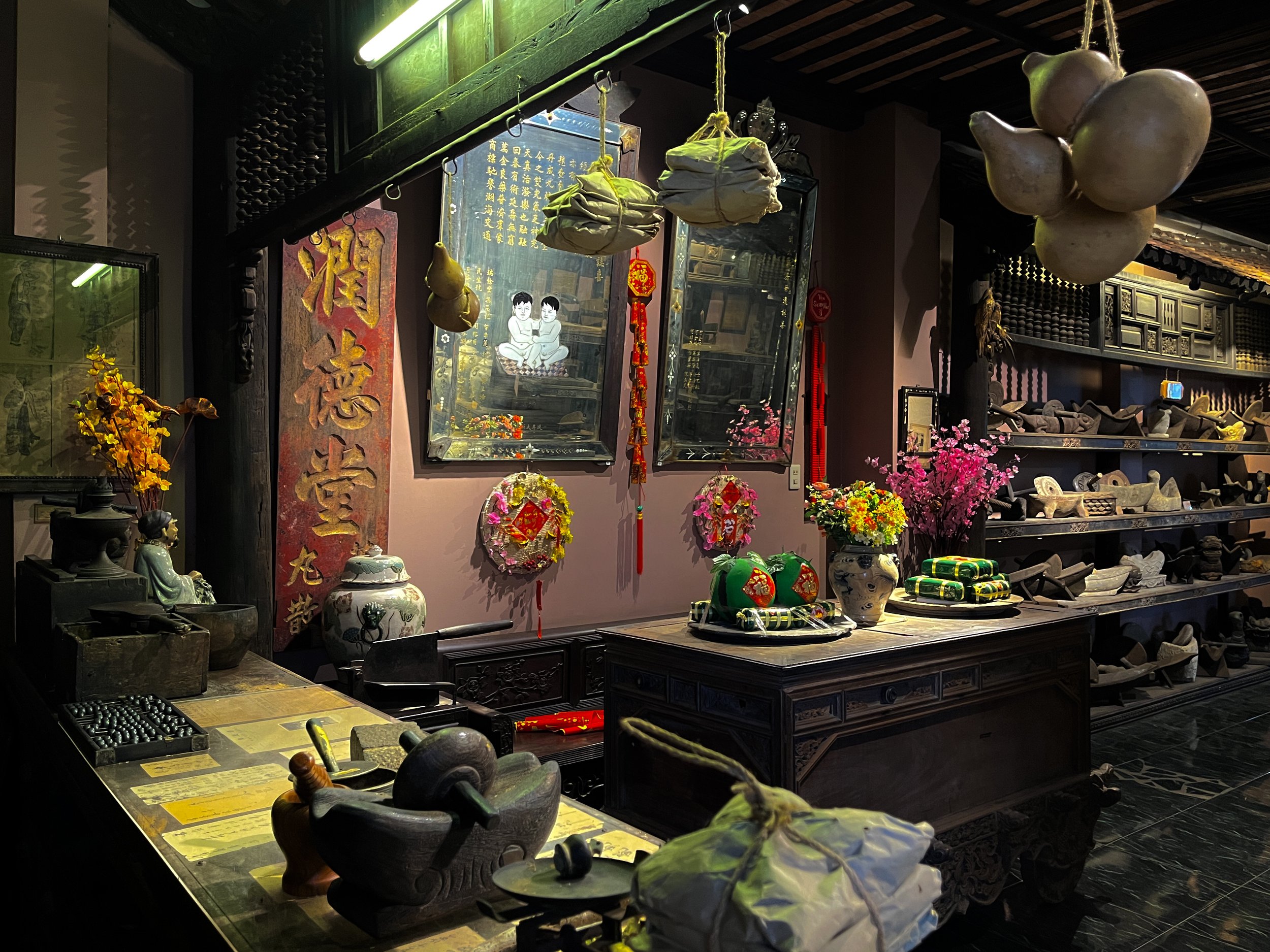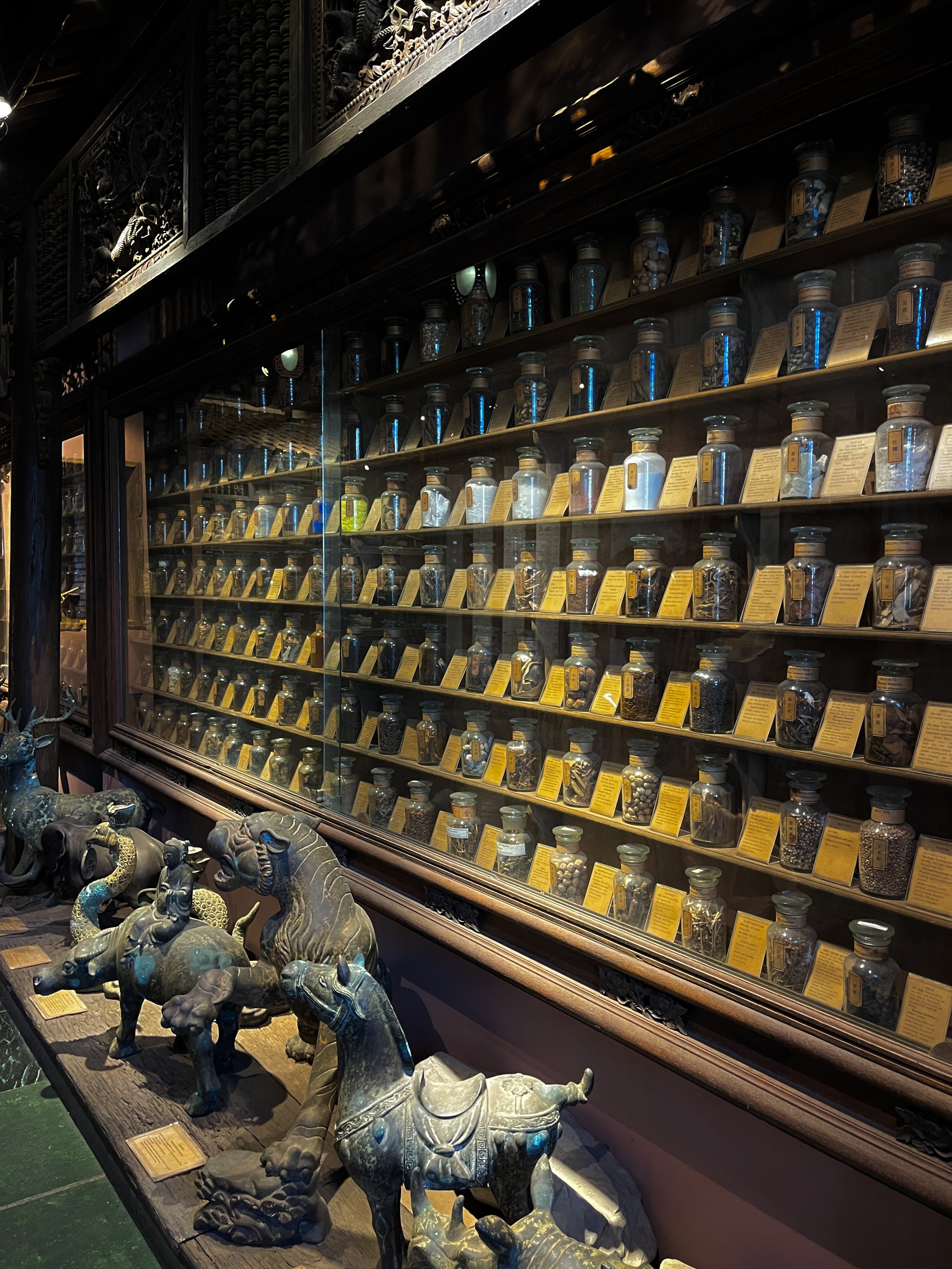The Museum of Traditional Vietnamese Medicine (FITO) in Ho Chi Minh City is a privately owned museum detailing the development of Vietnamese herbal medicine, also known as Southern medicine, as a distinct tradition from Northern, or traditional Chinese, medicine. It also covers related traditional therapies like acupuncture, medicinal wine and footbaths.
Vietnamese traditional medicine differs from Chinese traditional medicine in that it uses far fewer animal products, relatively more fresh than dried herbs, generally less complicated decoctions, and there have been a series of famous Vietnamese doctors over hundreds of years establishing recipes different from those used in China and other neighboring regions.
That said, Vietnamese traditional medicine originates from southern Chinese practices, and is far closer to Chinese traditional medicine than Indian traditional medicine in every way, unlike neighboring Cambodia and Thailand. Furthermore, Ho Chi Minh City specifically has a distinctly Chinese element to its culture thanks to centuries of Chinese immigration, intermarriage, and economic dominance in Cholon. So, the traditional medicine utilized here today is yet another degree closer to what might be encountered in southern China.
I’ve already covered the topic of TVM in some depth in my post about the traditional medicine museum in Hoi An, so please refer to that post for more information. I would say the subject is explored in greater depth at the FITO museum, but either place has more information than anyone not interested in medical history or personal treatment could ever care to know.
If you can’t tell, I’m not a believer in traditional medicine! However, I still think this museum is a must-see in HCMC- not because of its explanation of TVM, but because it is in fact an art history museum! The building is new construction, but a complex marriage of salvaged antique architectural and ornamental elements and necessarily new elements, handmade in the traditional way with traditional materials. There are countless priceless artworks, antiques, and artifacts, on display throughout, dating as far back as prehistory, and including Chinese, Thai, Korean, Cham and Khmer pieces in addition to the purely Vietnamese. All are arranged with care in as close to the traditional manner as possible; many examples are equal to or better than what they have in Vietnam’s national art museums. This is clearly the lifetime collection of a connoisseur.
My photos simply don’t do the place justice, due mostly to an overabundance of green toned fluorescent tube lights and very warm-toned, high wattage, small spotlights throughout that frustrated the color correction software of my iPhone; the video gives a more realistic impression.
Whoever assembled this place clearly has extensive knowledge of Vietnamese art and architectural history, a refined eye, and no budgetary concerns. Even the elevator is adorned with custom-carved, mother-of-pearl encrusted panels in the style of traditional room screens and cabinets. The collection here has clearly been thoughtfully assembled over decades, and the most I could get out of the guide was that it was ‘a hobby’. He was able to answer questions about specific pieces, but I found myself reading the various labels hoping to learn more about the age and provenance of the object, not what it depicted about traditional medicine. Spoiler: those details were usually not provided.
I found this place so intriguing I visited twice. I think for decorative arts buffs, this is the most underrated hidden gem in Ho Chi Minh City. Also, while I typically decline the tea/avoid the shop, I tried it here in a moment of literal, physical weakness, and was very pleasantly surprised. The lotus and licorice tea is very sweet and warm and cost only 50,000 dong for a box of 20 teabags, very reasonable for the quality.
































